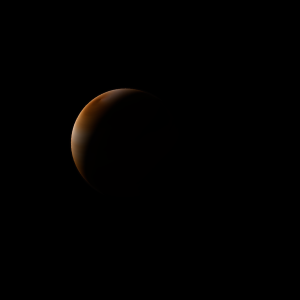|
|
Space Astro
|
Info for exoplanet "Shocho"
| Scientific (actual) data |
|---|
| Name | G 124-62 Ba |
| Planet status | Confirmed |
| Planet mass | 72 |
| Semi major axis | 1500 |
| Discovered | 2003 |
| Updated | 2024-08-28 |
| Publication | Published in a refereed paper |
| Detection type | Imaging |
| Alternate names | SEF 1 b, G 124-62 Ba, DENIS J144137.2-094558 |
| Star name | G 124-62 |
| Right ascension | 220.4° |
| Declination | -9.78° |
| Mag v | 12.43 |
| Star distance | 35.74 |
| Star mass | 0.588 |
| Star radius | 0.6 |
| Star sp type | M2V |
| Star age | 0.5 |
| Star temperature | 3462 |
| Star alternate names | SEF 1 |
| Wikipedia article | G 124-62 Ba |
Back
| |
| Fictional info (?) |
|---|
| Suggested name | Shocho |
| Planet type | Huge cold gas giant |
| Its orbital period around G 124-62 of @ORBITALPERIOD earth days is the shortest of all the planets in its solar system.
When viewed from Earth, this proximity to G 124-62 means the planet can only be seen near the western or eastern horizon during the early evening or early morning.
A prominent result is the "great brown spot", a giant storm that is known to have existed for centuries since it was first detected by scanner. |
| Estimated population | 26000000 |
| Atmosphere | Methane | 46% |
| Oxygen | 31% |
| Water | 13% |
| Carbon dioxide | 8.6% |
| Atmospheric pressure | 50 bar |
 |
| No known satellites |
| Google search for Shocho |
|
Website by Joachim Michaelis
|
|
|
|